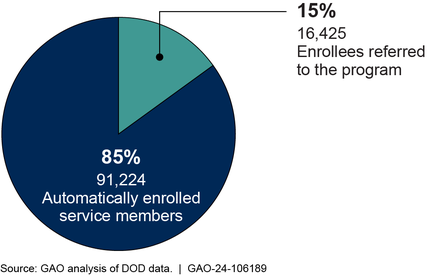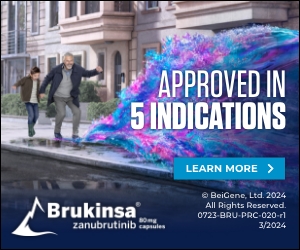Mental Health Needs of New Veterans Aren’t Met
WASHINGTON, DC — Legislators took DoD and VA to task for their failures to ensure that servicemembers, especially those in need of mental health services, receive a warm handoff from one department to the other upon discharge.
The majority of the enumerated problems fall on the DoD side, with servicemembers failing to begin the transition assistance program (TAP) process in a timely manner or to complete it at all, and with the department’s inability to connect with at-risk veterans after they leave service.
This has legislators wondering whether oversight of the transition process needs to be centralized rather than split into multiple programs within DoD and VA.
“Suicide takes an average 17 veterans lives a day, and I believe that number is not accurate. I believe it’s much higher because of the way [VA] records suicides,” declared Rep. Derrick Van Orden (R-WI) at a House VA subcommittee hearing last month. “The year before transitioning and the two years after are the most dangerous times for new veterans, especially those that are younger and trying to navigate the civilian world. In a millisecond you lose your uniform, your rank, your authority and anywhere from half to your entire paycheck. In 2020, suicide rates for veterans who had transitioned less than one year prior was twice as high as the national average.”
The subcommittee’s concern was sparked by a recent Government Accountability Office (GAO) report showing the failure of the DoD inTransition program. The program is meant to reach out to any recently discharged servicemember who received mental healthcare or had a traumatic brain injury in the year prior to separation and see if they need assistance connecting with resources. The report found that the program was achieving a meager 30% contact rate.
“inTransition does not identify eligible individuals until two or three months after their separation. This falls in the last nine months in the 24-month transition period. It may result in a gap in assistance in a particularly vulnerable time,” explained GAO’s director of health care, Alyssa Hundrup. “inTransition is unable to successfully reach eligible individuals due in part to outreach that relies on cold telephone calls. It’s unable to successfully contact over 70% of enrollees. This means individuals are dropped from participating potentially before they even are aware that this assistance was provided.”
This is in stark contrast to Solid Start, a much-lauded VA program that also reaches out to veterans to help them engage with available resources. That program has been successful in reaching up to 70% of veterans it attempts to contact.
“What it boils down to is the level of effort,” Hundrup said. “Solid Start sends an advance email, a packet of information, and will call veterans up to seven times at each touchpoint, which are three points spread across a one-year period”.
“Contrast that to inTransition,” she added. “It will make up to three phone calls, but the reality is, depending on the demand and the resources, they’re really only making one or two phone calls depending on the month. And so, if they don’t make contact, they will then remove the individual from the program if they’re unsuccessful in contacting them. They’re unenrolled after only one or two attempts, which I think is causing the very abysmal rates.”
Asked how she’d address the program, Hundrup said, “I’d look to DHA and their leadership to hold the inTransition program accountable. There’s very little oversight of it right now. It’s run by contractors. There are no performance goals. There are no metrics.”
Legislators also grilled DoD officials on reports that thousands of high-risk servicemembers are not engaging with the TAP program as they should be. A December 2022 analysis found that a quarter of servicemembers who were required to attend TAP did not do so, and 70% did not start the program more than one year before separation, as is required.
“Veterans felt rushed through the process,” Rep. Mike Levin (D-CA) told DoD officials. “They’re given a lot of information in a short period of time. And they perceive that they’re being treated significantly differently as soon as they communicate their decision to leave the military.”
Levin was frustrated when, having asked what DoD planned to do to improve the program, he was told that those present were not responsible for TAP and would have to bring his concerns back to the proper officials.
“The inability to do something about it yourself is a symptom of the department not having a single person or entity responsible, and it’s deeply frustrating,” he said.
GAO investigators echoed that frustration. The report found that VA and DoD’s efforts overlapped in many ways and recommended that the departments work together through the joint executive committee to assess the effectiveness of their programs. By doing that, GAO and legislators hope, DoD and VA might be able to improve access to mental health across the entire transition period.


